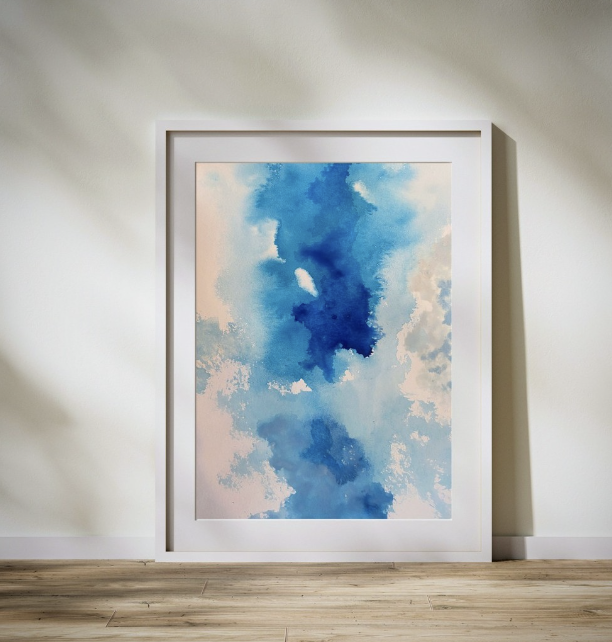What is a Teaching Artist? By Eric Boothhttps://ericbooth.net/what-is-a-teaching-artist/
In the evolving field of arts education, there is no agreed-upon definition of 'artist education'. Just five years ago, even this term was controversial among those who preferred the more traditional designations of 'visiting artist', 'resident artist' and even 'arts educator'. We still live in an age of teaching artists. By the way, this is the original meaning of the term 'profession', professing a profession instead of obtaining a degree or certificate. Whether your job will earn you a living depends on the quality of the work you do, not your qualifications. This is still true in the field of art education. Even if you don't have any formal qualifications, if you have the skills, you do the work and in most cases you get better with experience. One clunky definition of the term I'm using is an artist who chooses to include as an active part of their career educating others artistically beyond teaching the skills of the art form. • The Teaching Artist is a model for the 21st century artist and at the same time a model for highly engaged learning in education. • Artist education is the future of American art. Inherent in artistic experience is the ability to expand our sense of how the world currently exists or could exist. Art, just as art exists in the object being observed, depends on the fundamental act of creativity: the individual's ability to expand their sense of possibility. Art exists in engagement experiences as well as the objects that ignite them. Art lives in verbs as much as it does in nouns. A teaching artist is a designated expert on art verbs. Their skills can support, guide, educate, and illuminate people's ability to succeed individually in creating artistic meaning in the finest artistic products. Teaching artists are also artists, and often good artists. This is why they are models for 21st century artists. It can be said that the core activity of art and learning is to make a personally relevant connection between oneself and the new. Teaching artistry as a discipline actually started in the 1980s. In response to the Reagan Administration's cuts to arts education in schools, arts organizations began providing services directly to schools, and artists became the primary conduit for these services. Art institutions such as the Lincoln Center Institute (where I started learning how to become an artist educator), Chicago's Urban Gateways, and others began training and sending an increasing number of artists to schools. Teaching artists bring a spark of energy and outsiders that can be a catalyst and inspiration for work within the school. As TA grows into the 21st century, its biggest challenge has been the integration of the arts, the largest art learning experiment taking place in the United States today. Arts learning is grafted onto learning in other subjects. For example, include the study of music in the social studies curriculum. Define exactly what a teaching artist is. Let's go back to the unanswerable question. Teaching artistry is an improvisational expression of the verb art, and it is also a kind of introspection to ascertain what it is to teach an artist. Here's an improvisation from eight smart fellows who are current or former teaching artists who responded to my question in 2003 to create a definition of an teaching artist. A teaching artist is a practicing artist for whom teaching is part of that practice. Teaching artists don't necessarily have a teaching degree, but they may. Teaching artists are role models in lifestyle, discipline, and skill. They transmit oral and experiential traditions in the way they think, see and be. They are educators. In the truest sense of the word (the etymology of the word education is to draw) they are not 'putting in' but 'drawing out'. They act as guides/facilitators/bridges to creativity. Teaching artists are social activists. Tina LaPadula, Performing Arts, Seattle Teaching Artists are practicing artists who are deeply immersed in (and live and think in) the art form and who go to great lengths to share their artistry with students and teachers in their schools. Music Education Artist Judith Hill An educational artist is one whose proficiency in one or more arts disciplines is complemented by knowledge and experience that facilitates the skills and knowledge acquired through the arts among students, teachers, and other practitioners. Richard Bell, National Young Audience A teaching artist is a practicing professional artist who expands the definition of a practicing professional artist to include working with classroom teachers for the purpose of advancing teaching and learning. This goal is achieved through the design and presentation of activities that aim to reveal the curriculum by engaging students in craft media, techniques, procedures, and social/historical contexts. Daniel Windham, The Wallace Foundation A work of art is produced when an artist 'teaches' through his or her work (and by teaching doesn't mean to inform so much as to open up possibilities). Let's conclude from the beginning. Etymologically, the word art comes from an Indo-European root meaning to hold things together, and the word teach comes from a Greek word meaning to show. Thus, the term teaching artist is born from two verbs (appropriately, since the work of an teaching artist is more about creation than information), and can be said to mean someone who demonstrates how to put things together.
0 Comments
Leave a Reply. |
Myungja Anna KohArtist Categories
All
Archives
July 2024
|
Proudly powered by Weebly


 RSS Feed
RSS Feed